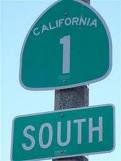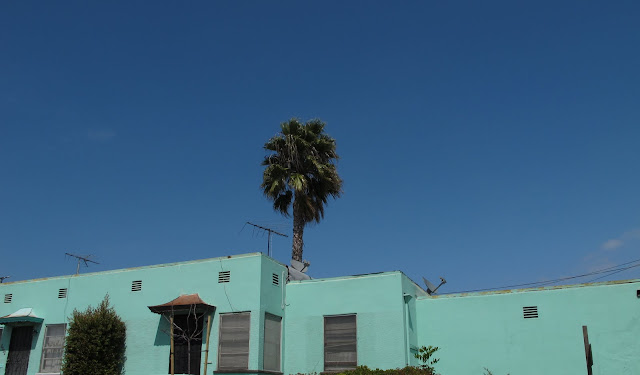 A COUPLE of weeks ago, Professor Ruben Martinez, who is the Fletcher Jones Chair in Literature and Writing here at Loyola Marymount University (and my longtime colleague), spoke passionately about his time served here in Los Angeles as journalist, poet, performance artist and pundit -- and how at one point all of that seemed to have merged. He also spoke eloquently about race and class; gentrification; about communities and causes that had been marginalized by the media; about how a writer finds his/her voice while attempting to describe life from the inside out, make the invisible visible.
A COUPLE of weeks ago, Professor Ruben Martinez, who is the Fletcher Jones Chair in Literature and Writing here at Loyola Marymount University (and my longtime colleague), spoke passionately about his time served here in Los Angeles as journalist, poet, performance artist and pundit -- and how at one point all of that seemed to have merged. He also spoke eloquently about race and class; gentrification; about communities and causes that had been marginalized by the media; about how a writer finds his/her voice while attempting to describe life from the inside out, make the invisible visible.Post session, I asked him to share a few of his favorite/resonant texts that deal with Los Angeles. Pulling from various sources and disciplines, he didn't stick to the page as you'll see.
Top-of-the-head response from a quick email:
ask the dust , john fante
white album, joan didion
chavez ravine (the album, the play, the book of photographs)
& of course city of quartz, mike davis



- L.G.














 But this street is LA; this street is where I began to understand Los Angles and the first landmarks remain secure in my mind. Like an old friend Lincoln introduced me to new places, frustrated me, made me late and yet remains the marker that triggers an odd sense of relief - that “I’m home” feeling. Whether a day of work or weeks apart, when I drive down the hot pavement, I know I’m back.
But this street is LA; this street is where I began to understand Los Angles and the first landmarks remain secure in my mind. Like an old friend Lincoln introduced me to new places, frustrated me, made me late and yet remains the marker that triggers an odd sense of relief - that “I’m home” feeling. Whether a day of work or weeks apart, when I drive down the hot pavement, I know I’m back.
































